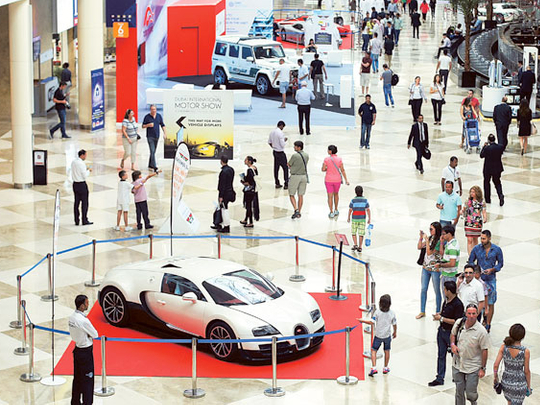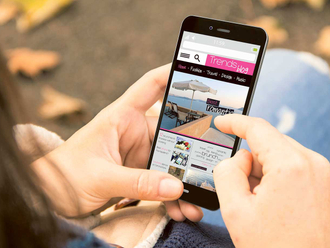
Naturally the UAE is positioning itself, regardless of Dubai Expo 2020, as an exhibition capital for any vertical market. Its geographical access to Asia, Africa and the Sub-Continent is perfect for Western brands wanting to market themselves to developing economies, and vice-versa.
In a way, exhibiting in the UAE is becoming a mass-market approach to communications thanks to the scale of events being organised. Take Gitex as an example; it had over 3,500 companies exhibiting to over 139,000 visitors, so achieving some form of cut-through is imperative if brands are to expect a return on their investment.
Many companies mistakenly believe that the show organiser is solely responsible for marketing and attracting visitors. However, in order to maximise a brand’s presence and achieve a head start on the competitors, communication with a relevant target audience is vital. Research from the CEIR (Centre for Exhibition Industry Research) tell us that 76 per cent of those visiting a trade show have already decided upon the stands they’re going to visit before they arrive at the event.
The implication for exhibitors is twofold. First of all it makes sense to invest in some pre-exhibition marketing to ensure a company is on the list of stands to be visited (Research around Gitex suggest that the list only includes three companies!). Second, if an exhibitor is not on that list, the chances of visitors drifting over to an alternative stand are limited if something attention-grabbing is not on offer, which at Gitex is a particular challenge since everything on show is of a particularly innovative nature.
Potential prospects
Contacting the target audience relevant to the exhibition is a matter of choosing between a number of different communication mediums. On average, a consumer exhibition will attract an audience where just under half are doing so for the first time and over 50 per cent of buyers will not attend another exhibition in the year ahead. The need to inform those potential prospects about participation is critical and, because visitors will be spending valuable time out of the office, brands must do everything in their power to make it worthwhile for them.
The majority of visitors will have a pre-show publication to help them plan their visit, and pre-show advertising can more than double stand activity just as banner advertising and direct marketing will help build awareness of a company’s presence. An integrated approach is naturally the text book approach.
But since many other companies might also be reading the same book it is important to add an element of originality to the campaign, just as originality is built into the design of a stand.
A natural space is mobile; since exhibitions are encouraging visitors away from the office they remain in contact via email and use the Internet to interact with the event either at the point of registration or upon a call to action instigated by the organisers. It gives exhibitors the opportunity to add value by helping visitors pre-plan and navigate across an exhibition with a specifically designed application.
The operative word here is ‘added value’. Just as pens are considered a gimmick on the show floor, so might any application if it does not improve the exhibition experience and brand connection with the visitor – and this must be the premise for any pre-show marketing.
On this note, marketing a stand experientially is vital. There should not be a passive flow of clients and prospects through any particular stand, leaving with the usual sweets and mugs. Brands need to make a real impact and integrate marcomms into their exhibition programmes, both before and during the exhibition.
Only then will they be successful at attracting targeted audiences and converting them into qualified sales leads.
— The writer is experiential director at Cheil, a consultancy.











